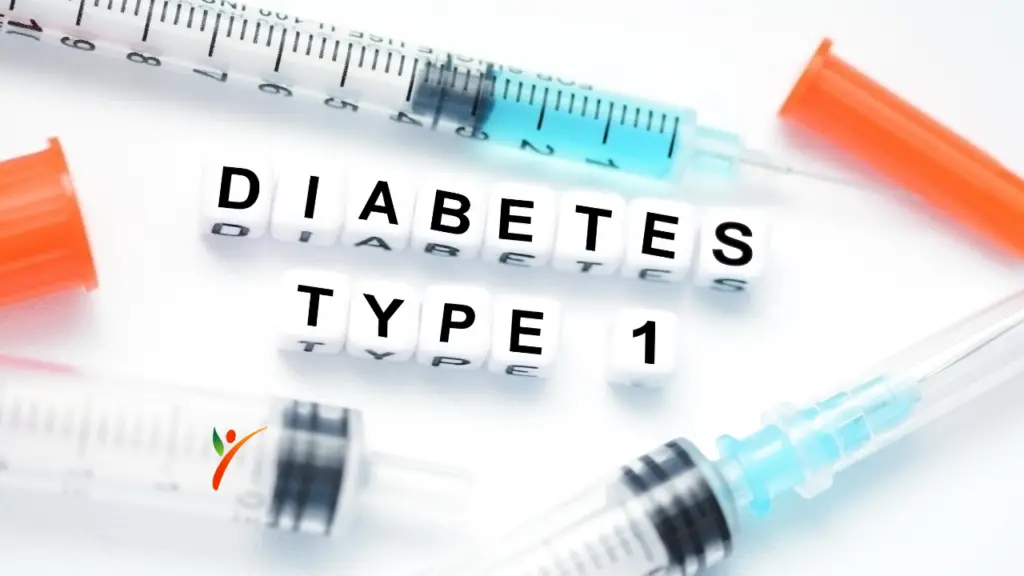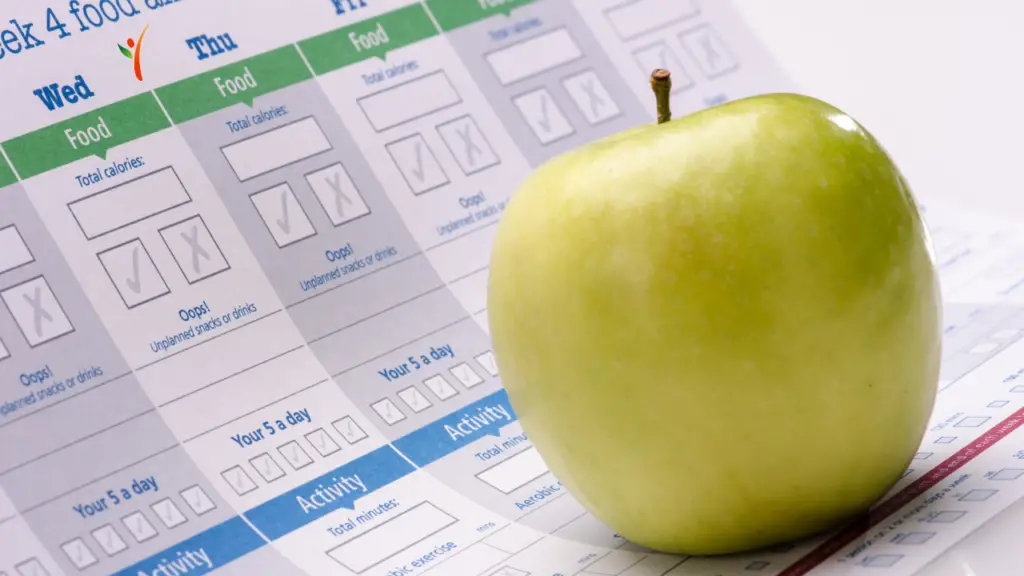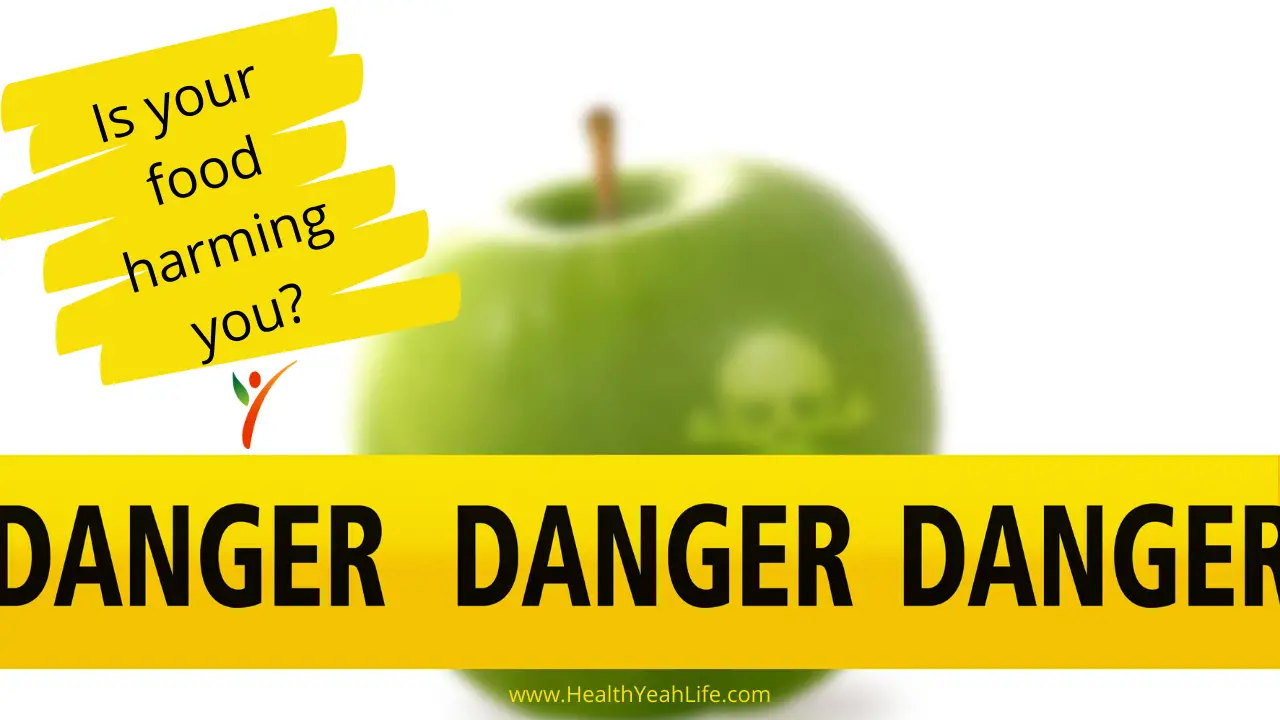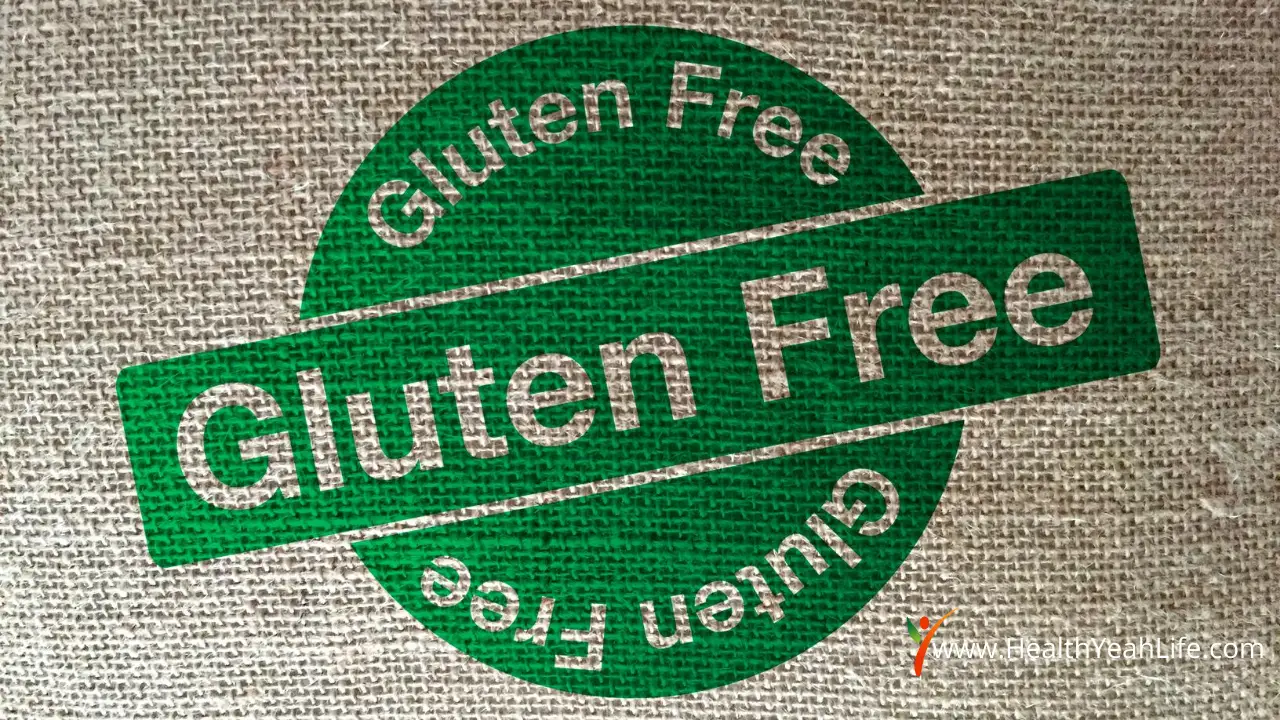First, let's understand diabetes; it is a metabolic disease that causes high blood sugar levels. The human body has a hormone, insulin, that carries the sugar in the blood to your cells. When one suffers from diabetes, the body either doesn't create enough insulin, and if it does make insulin, it can't use it efficiently.
Then there is gluten, it is a protein present in wheat, barley, oat, and rye, and gluten is not a harmful protein per se. Still, it causes an inflammatory reaction in the intestines when some people consume gluten.
This disease is called celiac disease. It's not compulsory that if one's body doesn't prefer gluten, it suffers from celiac disease. And celiac disease is not an allergy.
Diabetes And A Gluten-Free Diet

One must be wondering what relation diabetes and gluten have to each other? The main link between them depends on the type of diabetes one has.
There are mainly two types of diabetes:
First off is Type 1 diabetes: People with type 1 diabetes have more chance of suffering from celiac disease as both are autoimmune conditions. And people who have Type 1 diabetes, as well as celiac disease both, must avoid gluten.
The second is type 2 diabetes: It occurs when the body becomes resistant to insulin, and the sugar keeps building in the blood, and the blood sugar level increases. It is not an autoimmune condition.
Gluten doesn't have a direct connection with blood level. It's some food items that connect them. Like white bread or cookies, these food items have sugar and gluten in them. These food items have a significant impact on blood sugar levels.
Let's first take a look at the list of food items that naturally have gluten in them:
- Barley
- Bulgur
- Semolina
- Wheat starch
- Durum
- Cookies
- Crackers
- Pasta
- Beer
- Bread
The above food items are a strict no if one suffers from diabetes and is gluten intolerant. All these items mentioned have a high amount of sugar and gluten. If it is hard for you not to eat bread, you may wish to switch to sourdough bread, which breaks down the gluten and makes it easy to digest.
Gluten-Free For Diabetes Type 1

As mentioned above, type 1 diabetes and celiac disease are autoimmune conditions. And those who have celiac disease are at greater risk to suffer from other autoimmune diseases.
Certain studies prove that anyone with type 1 diabetes may also have celiac disease. If you have type 1 diabetes and celiac disease, it is more difficult to manage health concerns.
These people have to be more cautious than others because gluten can cause inflammation in the intestine, affecting the blood sugar level. Having celiac disease or a gluten sensitivity means avoiding gluten.
That applies to you with or without diabetes. Take gluten-free food and beware of all kinds of stabilizers that have gluten. Do your research and execute a diet that keeps the gluten food away.
Children And Infants
Usually, when children are diagnosed with type 1 diabetes, they show no celiac disease symptoms. One research states that less than 10% of children will have celiac disease and type 1 diabetes.
Doctors suggest that following a gluten-free diet can help with type 1 diabetes. A study wherein the children who had type 1 diabetes followed a gluten-free diet for a year. Those children showed significant improvement in hemoglobin A1 C level.
Tips To Manage Gluten-Free Diabetes Diets

Here are tips jotted down after researching and studying statistics to help one manage both issues together:
Being diagnosed with celiac disease, you might experience significant changes in your blood sugar levels initially.
1. Gluten-Free Food Which Is Low In Carbs
Celiac disease affects the small intestine by damaging the inner lining. Celiac disease doesn't allow the body to absorb certain food items.
To heal the intestine, when you go gluten-free, your intestine heals and absorbs the nutrients. That is a sign of improvement, but this will also fluctuate the body's blood sugar level. The reason behind fluctuating blood sugar levels is the sugar you intake will wind up in your bloodstream.
These sudden changes will get better with time, but one must be prepared for this change and continuously monitor your blood sugar levels. Gluten-free food has a different carbohydrate and fat ratio compared to gluten-food items. And you need to be prepared for how your body will react to this specific change.
There is no universal output for the body's reaction. It depends on the digestive system of a person. Gluten-free goods are higher in carbs and sugar because they increase the sugar content to make up for no gluten.
So, to avoid this, look for gluten-free food low in carbs. Your grocery list may be getting narrower, but it is better to sort this before ending up in the ER. Certain gluten-free flour is almond flour or bean flour.

2. Follow A Diet-Chart To Control Blood Sugar Levels
Using a diet chart will allow you to note what is happening to your body. Now let's understand why the sudden change in blood sugar levels when going gluten-free is because you absorb more calories.
And when the calorie intake increases, one gains weight, and cholesterol levels also increase. When you get to a balanced diet, you can maintain weight, blood sugar levels, cholesterol levels, and all these without damaging the intestine.
Make sure that your diet chart has an abundance of fiber. When you go gluten-free by getting all the no-gluten products, you might observe that they have low fiber in them.
Although manufacturers are trying to increase the whole grains in gluten-free products, they increase the carbohydrate and protein levels, not the fiber. So, ensure that while your diet has gluten-free products, it must have enough fiber to maintain your body's health. Always include whole foods high in fiber and low in gluten.
3. Gluten-Free Snacks
Always carry a gluten-free snack for the worst-case scenario. You can't avoid travel because you have diabetes and are intolerant to gluten. You may have trouble picking up any snacks because most snacks contain gluten in them.
It is easier to find gluten-free food these days at restaurants and grocery stores than on the run. Gluten-free products haven't been so popular that you can find them anywhere. So, no matter where you are, always carrying a gluten-free snack in your bag or car.
And the worst-case scenario that we are talking about here is when your blood sugar drops and your intestines absorb the gluten food. When your blood sugar drops, there are high chances you might end up eating gluten food, so always carry a snack or an energy bar that is gluten-free in such scenarios.
You can add gluten-free diabetic bread to your diet. Sourdough bread is the preferred choice for people who have both diabetes and celiac disease.
Consult a dietician or nutritionist who is an expert and can understand your disease and provide you with a balanced diet chart with the right amount of fats, proteins and carbohydrates, and fiber content. It is essential for one with such diseases to consult the experts as they know the best option for their patients. One cannot do all the research and plan a diet chart independently. Having a nutritionist will help you understand your body's needs in a better way.
Gluten-Free Food List For Type 2 Diabetes

Type 2 diabetes isn't autoimmune, whereas celiac disease is. There have been no compelling studies suggesting that they won't have type 2 diabetes if one goes on a gluten-free diet. Doctors don't ask people who have type 2 diabetes to avoid gluten.
Going gluten-free while suffering from diabetes can be the most challenging diet one needs to monitor. It is easy to either go on a gluten-free diet or list the food that affects the blood sugar level.
If you have diabetes and celiac disease, get ready as you have to be double sure before adding anything to your diet.
When someone with diabetes decides to go gluten-free, the food choices might get narrowed down. But after understanding your body's needs and digestive system, one can adjust the diet chart accordingly. There is an abundance of natural fruits and vegetables that one can eat if they have celiac disease and watch their blood sugar levels.
The first thing one needs to do is make a diet plan. You cannot sit every day and plan a new meal. Making a diet chart will help meet the nutritional requirement and maintain the blood sugar level. Go to a nutritionist and get a proper diet chart that includes the best nutritious food.
If one strictly follows a gluten-free diet, there are high chances for them to suffer from calcium deficiency. They may experience a lack of vitamin B and D, which is not suitable for good health. These deficiencies are the gluten-free food high in carbohydrates and fat content but have low fiber content. When you plan the diet, make sure the food is gluten-free and high in fiber.
One celiac disease foundation has a diabetes meat plan specifically made to manage both diseases. Their diet includes nutritious and tasty food recipes too.

Here is a gluten-free food list for people with diabetes:
Breakfast:
- Banana
- Walnuts
- 1% Fat Milk
- Non-Fat Greek Yogurt
- Blueberries
- Shredded Coconut
Morning Snack:
- Small Apple
- Cheddar Cheese
- Celery
- Raisins
- Nut-Thin Crackers – Almond And Rice
Lunch
- Gluten-free turkey sandwich with gluten-free bread
- One Medium-Sized Apple
- Gluten-Free Tortilla
- Chickpea & Quinoa Salad
- Mixed Greens
- Greek Pasta Salad
Evening Snack:
- Peanuts
- Hummus
- Multi-Grain Cracker
- Romesco Dip
- Cottage Cheese
- Cherries
- Two Gluten-Free Chocolate Chocolate Chip Biscotti
Dinner:
- Gluten-Free Pasta
- Sundried Tomato
- Grilled Asparagus
- Spaghetti Squash Carbonara
- Garlic Bread
- Pot Roast
- Salmon With Risotto
This list is just a few standard food items that you can add to your diet to find a balance between the sugar level and celiac disease, and it will help maintain the intake of fiber and proteins in the body.
Final Thoughts

Celiac disease and diabetes are manageable separately, but things get trickier for sure if one suffers from both disorders. But with the right diet chart and nutritionist, you can heal your intestines without increasing your blood sugar levels.
This article mentioned a gluten-free food list for diabetics; if you are new to all the diet and gluten products, this article has tried to explain all the technicalities in layman's terms.
Diabetes and celiac are autoimmune conditions, so follow a diet chart that allows you to watch and maintain your health while having the diseases.






